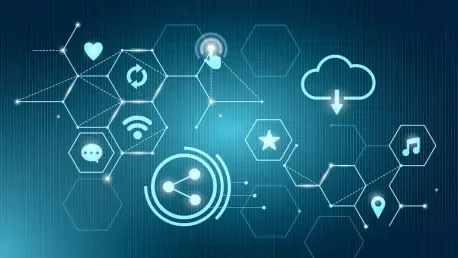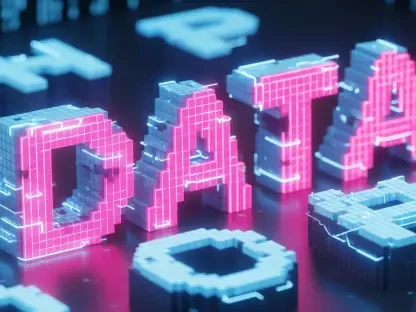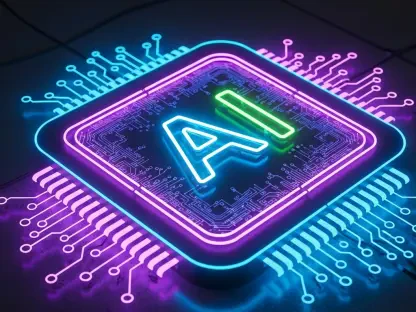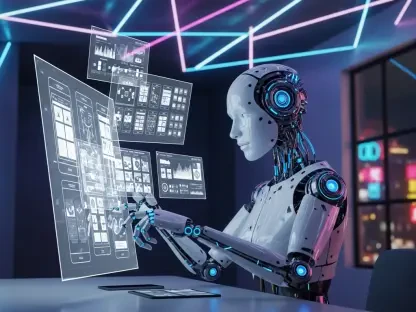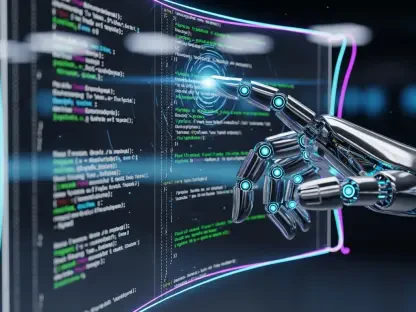The IoT Landscape and Silicon Labs’ Role
The Internet of Things (IoT) has become a transformative force, with billions of connected devices reshaping industries worldwide, from smart homes that adjust lighting based on occupancy to industrial systems monitoring equipment in real time. IoT is driving efficiency and connectivity across sectors like healthcare, agriculture, and urban planning, underscoring a dynamic market where innovation is not just an advantage but a necessity for staying competitive.
Silicon Labs stands as a pivotal player in this evolving landscape, renowned for its expertise in low-power wireless technology. The company has made significant contributions to IoT standards such as Bluetooth LE, Zigbee, and Matter, enabling seamless communication between devices. With a focus on energy-efficient solutions, Silicon Labs empowers developers to create products that meet the demands of a connected world, positioning itself as a leader in fostering interoperability and scalability.
The impact of Silicon Labs extends beyond hardware, as it actively shapes the tools and frameworks that developers rely on. By addressing the unique challenges of IoT implementation, such as power constraints and protocol diversity, the company ensures that its solutions are not only cutting-edge but also practical for real-world applications. This dual focus on innovation and usability cements its role as a cornerstone of IoT advancement.
Trends and Growth in IoT Development
Emerging Technologies and Developer Needs
The IoT sector is witnessing rapid advancements, with emerging technologies like modular toolchains redefining how developers approach projects. These flexible systems allow for customized workflows, accommodating both graphical and command-line interfaces to suit varying preferences. As IoT applications grow more complex, the need for tools that simplify integration and debugging has never been more critical.
Another significant trend is the incorporation of AI and real-time analytics into development environments. AI-driven insights help predict device behavior, while analytics provide immediate feedback on performance, enabling quicker iterations. Developers increasingly seek platforms that offer automation to reduce manual tasks, alongside compatibility with diverse protocols to ensure their creations can operate across different ecosystems.
This shift reflects a broader demand for adaptability in tools, as projects often span multiple domains and require seamless transitions between hardware and software components. The focus on user-friendly interfaces and streamlined processes highlights an industry-wide push toward efficiency, ensuring that innovation keeps pace with market expectations.
Market Insights and Future Projections
Data paints a compelling picture of IoT’s trajectory, with estimates suggesting that the global market for connected devices will surpass $1 trillion by 2030. Recent studies indicate that over 15 billion devices are currently active, a number projected to double within the next five years. This explosive growth signals vast opportunities for businesses that can deliver solutions swiftly and effectively.
Platforms like the Simplicity Ecosystem are poised to play a crucial role in this expansion by accelerating product development cycles. By offering integrated tools that reduce time-to-market, such ecosystems enable companies to capitalize on emerging trends, from smart infrastructure to wearable health tech. The ability to iterate quickly is becoming a defining factor in gaining market share.
Looking ahead, the demand for IoT solutions is expected to intensify in sectors like industrial automation, where predictive maintenance can save millions in downtime costs. As adoption rates climb, the emphasis on scalable, developer-friendly tools will likely shape investment priorities, with ecosystems that support rapid prototyping and deployment gaining prominence in strategic planning.
Challenges in IoT Development and Solutions Offered by Simplicity Ecosystem
The path to successful IoT deployment is fraught with obstacles, including hardware compatibility issues that can stall progress. Developers often grapple with integrating disparate components, a process complicated by varying power requirements and communication protocols. These hurdles can extend timelines and inflate costs, posing significant barriers to entry for smaller firms.
Network debugging and power optimization further compound the complexity, as ensuring reliable connectivity and extended battery life remains a persistent challenge. Lengthy development cycles often result from the need to test and refine systems across multiple scenarios, delaying market readiness. Addressing these pain points requires a cohesive approach that minimizes friction at every stage.
The Simplicity Ecosystem tackles these issues head-on with tools like the Energy Profiler, which correlates power usage with code execution for precise optimization. Components such as the Network Analyzer offer real-time visibility into wireless traffic, simplifying diagnostics, while a modular installer allows developers to tailor their toolkit, cutting setup time. Together, these features streamline workflows, ensuring faster progression from concept to commercialization.
Standards and Compliance in IoT Development
Navigating the regulatory landscape is a critical aspect of IoT development, as adherence to standards ensures device reliability and user safety. Protocols like Matter, Thread, and Z-Wave form the backbone of interoperable systems, mandating that tools support a wide array of specifications. Failure to comply can result in market exclusion or security vulnerabilities, making standardization a top priority.
The Simplicity Ecosystem aligns with these requirements by offering comprehensive support for major IoT standards, enabling developers to build products that integrate seamlessly into existing networks. Tools like Simplicity Commander facilitate security configurations, ensuring that devices meet industry benchmarks for data protection and operational integrity. This focus on compliance builds trust in connected solutions.
Beyond technical adherence, the ecosystem aids in meeting global regulations by providing resources for documentation and testing. As IoT applications expand into sensitive areas like healthcare, where patient data privacy is paramount, the ability to embed robust safeguards during development becomes invaluable. Such capabilities underscore the importance of standardized frameworks in fostering sustainable growth.
Future of IoT Development with AI Integration
The horizon of IoT innovation is increasingly shaped by artificial intelligence, which promises to redefine how developers interact with their tools. AI-driven automation can handle repetitive tasks like debugging, freeing up time for creative problem-solving. As these technologies mature, their potential to enhance productivity becomes a game-changer for the industry.
The forthcoming Simplicity AI SDK, set for broader release in the coming years, exemplifies this shift by offering context-aware assistance within development environments. By integrating with platforms like Visual Studio Code, it aims to provide real-time suggestions and performance optimizations, acting as a virtual collaborator. This approach signals a move toward intelligent systems that adapt to user needs.
Emerging market disruptors, coupled with global trends in automation and modularity, suggest that AI will be integral to staying competitive. Silicon Labs’ vision aligns with this trajectory, emphasizing tools that not only solve current challenges but also anticipate future demands. The fusion of human expertise and machine precision is set to unlock new possibilities in connected device design.
Conclusion: Transforming IoT Innovation with Simplicity Ecosystem
Reflecting on the comprehensive capabilities of the Simplicity Ecosystem, it is evident that Silicon Labs has crafted a platform that addresses core needs in IoT development. Its modular design and developer-centric tools provide a robust foundation for tackling complex challenges, while support for diverse standards ensures relevance across applications. The ecosystem’s impact is felt in reduced development timelines and enhanced device performance.
Looking back, the integration of AI through the upcoming Simplicity AI SDK stands out as a visionary step that promises to elevate innovation. For developers and businesses, the next steps involve exploring how to leverage this platform to streamline existing projects and pioneer new solutions. Engaging with the ecosystem’s evolving features could unlock untapped potential in product design.
As the IoT sector continues to expand, adopting scalable tools becomes imperative for sustained growth. Companies are encouraged to prioritize platforms that offer flexibility and foresight, ensuring they can adapt to shifting market dynamics. Investing in ecosystems like this one is seen as a strategic move to build resilience and drive long-term success in a connected world.
